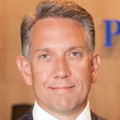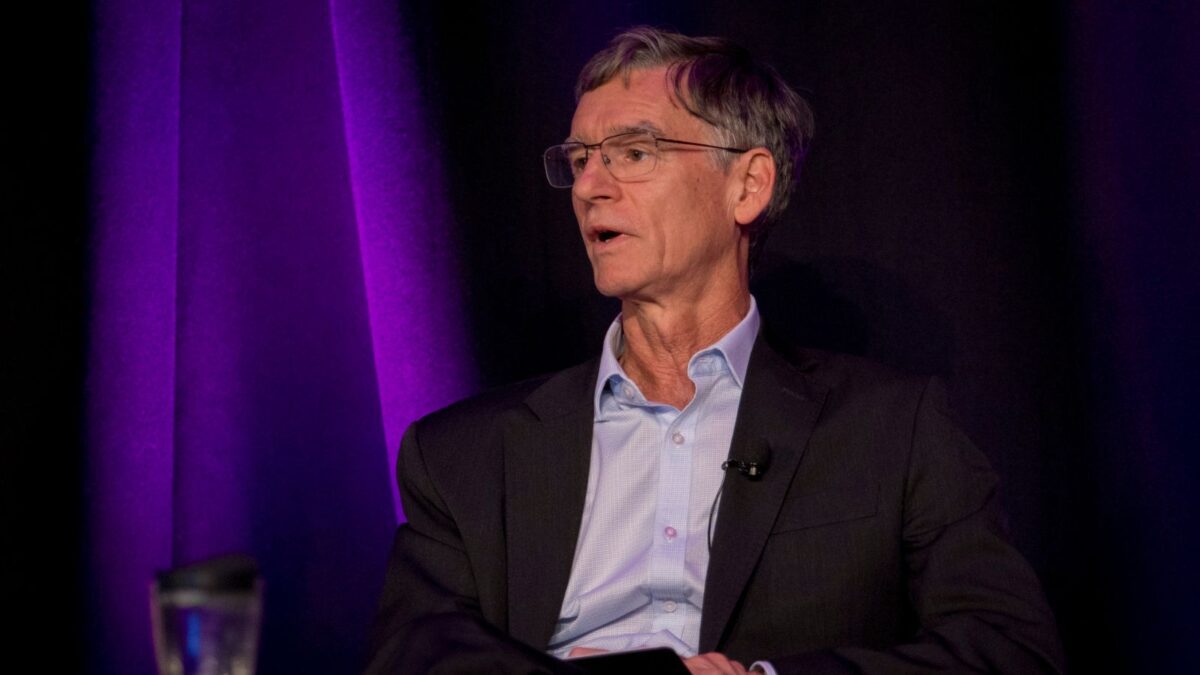Perpetual global fund underscores growth phase
(Pictured: Geoff Lloyd)
Perpetual has hit the growth phase of its management plan, confirming the establishment of a global equities team in the process of delivering, last week, its best profit performance for several years.
The global equities team, as reported previously (ISN May 18, 2014), follows an incubation period of just over three years whereby four analysts within Perpetual’s global resources area had also been running a global value fund. Other analysts such as industrial large-cap specialist Garry Laurence and small-cap analyst Rosemary Tan, were also involved in the global fund while it was running internal money. Laurence now oversees the fund, reporting to head of equities, Matt Williams.
Announcing the launch of the strategy for external clients last week, Michael Gordon, group executive of Perpetual Investments, said the fund had outperformed its benchmark by 6.3 percentage points in the three years, which would have put it in the top quartile of the Mercer survey.
He noted that global equities made up about 17 per cent of all super assets. By contrast, Perpetual has only about $1.2 billion in global equities compared with more than $23 billion in Australian equities.
Perpetual is scheduled to review its arrangement with Wellington Management, which manages the bulk of the current international exposure, later this year.
The new fund is fairly concentrated, with 35 stocks. Two of its top five holdings are stock exchange companies – NASDAQ and Deutsche Boerse.
Meanwhile, the company, which has been progressing through a restructuring program since chief executive Geoff Lloyd took over in February 2012, reported an increase in net profit of 34 per cent to $81.6 million. Funds under management rose 18 per cent to $29.8 billion as at June 30.
Lloyd said: “Our Transformation 2015 (T15) strategy to simplify, refocus and grow Perpetual is delivering strong operational and financial results, and this is underpinned by our ongoing investment outperformance… We have now completed the first two phases of T15 on plan, with annualised savings of $50 million pre-tax to date. Since launching the strategy in 2012, NPAT has increased threefold and UPAT is up 59 per cent. 
Our attention is now on growth.”










